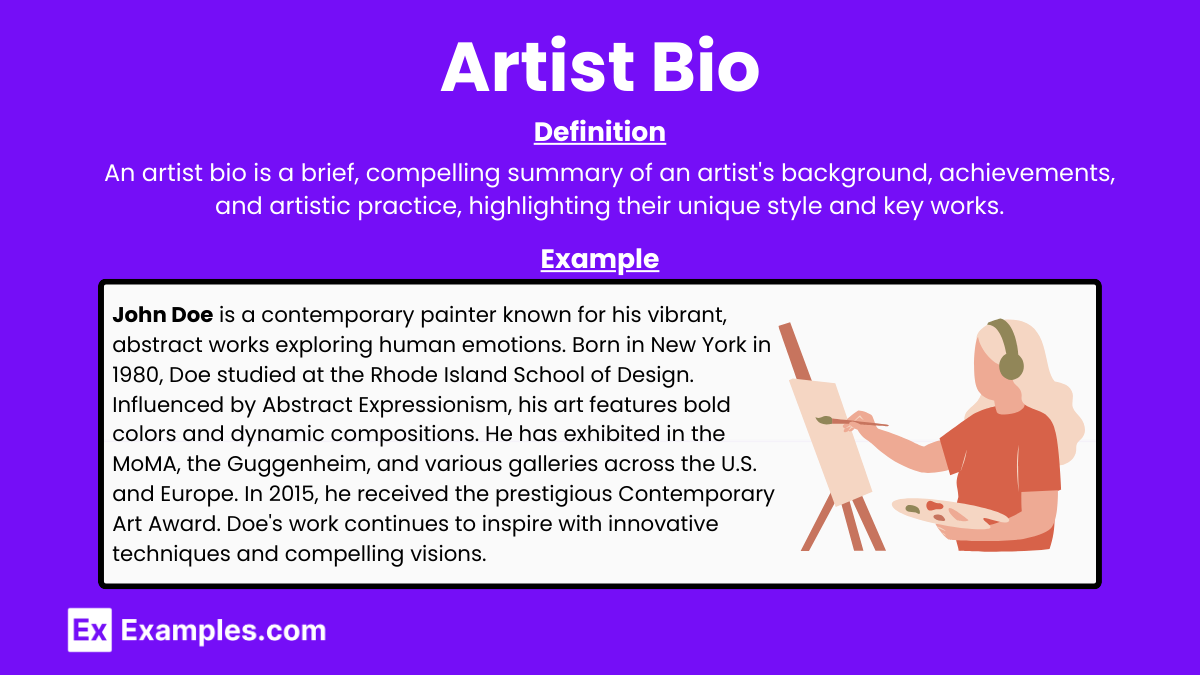Artist Bio
In the world of art, capturing the essence of an artist’s journey and creative expression is essential for connecting with audiences and potential opportunities. Crafting a compelling artist biography is a valuable tool that can open doors and provide insight into the artist’s background, inspirations, and artistic style. This article showcases a diverse range of 29+ artist bio examples, compatible with popular document formats like Google Docs, Word, PDF, and Apple Pages. Whether you’re an emerging talent or an established artist looking to refine your professional bio, this collection offers inspiration and guidance to help you create a captivating narrative that truly reflects your artistic identity.
What is an Artist Bio?
An artist bio, also known as an artist statement or biography, is a written document that encapsulates an artist’s professional journey and artistic vision. It serves as a concise overview of the artist’s background, achievements, inspirations, and artistic style. An artist bio acts as a powerful tool to introduce and contextualize the artist’s work, enabling viewers, curators, and potential collaborators to gain a deeper understanding of their creative process and motivations.
Format of Artist Bio
1. Early Life and Education
[Artist Name] was born on [Birth Date] in [Birth Place]. Growing up in [City/Town], [Artist Name] developed an early interest in art, influenced by [specific influences, family background, or events]. [He/She/They] pursued [his/her/their] passion by studying [Art/Design/Specific Art Form] at [Educational Institution], where [he/she/they] earned [his/her/their] [Degree] in [Year].
2. Artistic Style and Influences
[Artist Name]’s work is characterized by [describe the artist’s style, techniques, and mediums used]. [He/She/They] draw(s) inspiration from [influences such as other artists, movements, nature, personal experiences, etc.]. [Artist Name]’s art often explores themes of [specific themes, e.g., identity, nature, social issues], and [he/she/they] is known for [specific traits or techniques, e.g., vibrant colors, intricate details].
3. Career Highlights
Throughout [his/her/their] career, [Artist Name] has exhibited [his/her/their] work in various prestigious galleries and exhibitions, including [list notable galleries, exhibitions, and dates]. Some of [his/her/their] most significant works include [mention notable works and brief descriptions]. [He/She/They] has received numerous awards and accolades, such as [list awards, grants, recognitions].
4. Major Works and Projects
Among [Artist Name]’s notable projects are [describe major works, collaborations, or series]. [He/She/They] collaborated with [other artists/organizations] on [specific projects], which [gained significant recognition/impacted a certain community]. [His/Her/Their] works have been featured in [publications, media outlets], further establishing [him/her/them] as a prominent figure in the art world.
5. Personal Philosophy and Impact
[Artist Name] believes that [describe personal philosophy or approach to art]. [He/She/They] aim(s) to [describe goals or messages intended through the art]. [His/Her/Their] work has not only contributed to the art community but also [mention any social, cultural, or environmental impact].
6. Current and Future Endeavors
Currently, [Artist Name] is [working on new projects, exploring new mediums, teaching, etc.]. [He/She/They] continue(s) to push the boundaries of [his/her/their] art, with upcoming exhibitions at [mention upcoming exhibitions or projects]. [Artist Name] is dedicated to [mention any future goals or aspirations].
7. Conclusion
[Artist Name]’s journey as an artist is marked by [summarize key points of their career and impact]. [His/Her/Their] unique style and dedication to [specific aspects of their work] make [him/her/them] a notable figure in the contemporary art scene.
Example
Jane Doe
Introduction: Jane Doe, born on March 15, 1985, in New York City, is a contemporary painter known for her vibrant abstract landscapes.
Early Life and Education: Growing up in a family of artists, Jane was exposed to the world of art from an early age. She studied Fine Arts at the Rhode Island School of Design, where she honed her skills in painting and sculpture.
Artistic Journey: Jane’s career began with a solo exhibition at a local gallery in Brooklyn. Her work quickly gained attention, leading to numerous exhibitions across the country. Notable milestones include her participation in the Whitney Biennial and a residency at the Art Institute of Chicago.
Style and Technique: Jane’s style is characterized by bold colors and dynamic compositions. She often uses mixed media, incorporating elements of collage and texture to create depth in her paintings. Her work explores themes of nature and human emotion.
Achievements and Awards: Jane has received several prestigious awards, including the Pollock-Krasner Foundation Grant and the Guggenheim Fellowship. Her work is part of permanent collections at the Museum of Modern Art and the Los Angeles County Museum of Art.
Current Work: Currently, Jane is exploring the intersection of digital art and traditional painting. She is preparing for a solo exhibition in Paris and collaborating with other artists on a public art project in San Francisco.
Personal Insight: “I believe art is a reflection of the world we live in, and through my work, I hope to evoke a sense of wonder and connection to the natural world,” says Jane.
Conclusion: Jane Doe continues to push the boundaries of contemporary art with her innovative approach and evocative works. Follow her journey on Instagram @JaneDoeArt or visit her website www.janedoeart.com.
Examples of Artist Bio for Students
1. High School Student
Alex Brown
Introduction: Alex Brown, born on March 3, 2005, in Denver, Colorado, is a high school junior who loves painting and drawing.
Early Life and Education: Alex has enjoyed art since childhood. They are currently studying at East High School and taking advanced art classes.
Artistic Journey: Alex started sharing their artwork online in 2021 and quickly gained a following. They have won first place in the Denver Youth Art Competition.
Style and Technique: Alex’s style is colorful and imaginative, using both traditional paints and digital tools like Procreate.
Current Work: Alex is working on a series of paintings for a local gallery show and plans to study art in college.
Conclusion: Alex Brown is a talented young artist with a bright future. Follow them on Instagram @AlexArt or visit their online portfolio at www.alexbrownart.com.
2. College Student
Mia Johnson
Introduction: Mia Johnson, born on August 15, 2002, in Boston, Massachusetts, is a sophomore at Boston University, majoring in Fine Arts.
Early Life and Education: Mia has been passionate about art from a young age. She excelled in art classes throughout school and is now pursuing her degree at BU.
Artistic Journey: Mia’s work focuses on sculpture and mixed media. She has participated in university exhibitions and community art projects.
Style and Technique: Mia uses recycled materials in her sculptures, creating pieces that explore environmental themes.
Current Work: Mia is working on a series of sculptures for a campus exhibit and plans to apply for an art residency program.
Conclusion: Mia Johnson is an innovative artist with a unique approach to sculpture. Follow her on Instagram @MiaSculpts or visit her website at www.miajohnsonart.com.
3. Graduate Student
Liam Chen
Introduction: Liam Chen, born on June 10, 1998, in San Francisco, California, is a graduate student at the Rhode Island School of Design, specializing in graphic design.
Early Life and Education: Liam discovered his love for design in high school. He earned his BFA from UCLA and is now completing his MFA at RISD.
Artistic Journey: Liam’s design work includes branding, posters, and digital art. He has interned with top design firms and exhibited his work in several student shows.
Style and Technique: Liam’s style is clean and modern, using bold typography and striking visuals.
Current Work: Liam is developing a series of posters for his thesis project, exploring social issues through design.
Conclusion: Liam Chen is a skilled graphic designer with a keen eye for detail. Follow him on Instagram @LiamDesigns or visit his portfolio at www.liamchenart.com.
4. High School Student
Sophia Ramirez
Introduction: Sophia Ramirez, born on April 22, 2006, in Miami, Florida, is a high school sophomore who loves photography.
Early Life and Education: Sophia started taking photos with her phone and quickly fell in love with photography. She attends Coral Gables High School and is part of the photography club.
Artistic Journey: Sophia shares her photos on Instagram, where she has a growing number of followers. She has won awards in local photo contests.
Style and Technique: Sophia’s photography captures everyday moments with a unique perspective, using natural light and creative angles.
Current Work: Sophia is working on a photo series about her city for an upcoming school exhibit.
Conclusion: Sophia Ramirez is a promising young photographer with a unique vision. Follow her on Instagram @SophiaShoots or visit her portfolio at www.sophiaramirezphotos.com.
5. College Student
Ethan Kim
Introduction: Ethan Kim, born on November 5, 2001, in Seattle, Washington, is a senior at the University of Washington, majoring in Fine Arts.
Early Life and Education: Ethan has always loved drawing and painting. He is now finishing his degree in Fine Arts and has taken many art courses.
Artistic Journey: Ethan’s work has been featured in several student art shows and local galleries. He enjoys experimenting with different styles and mediums.
Style and Technique: Ethan’s paintings are known for their vibrant colors and abstract forms.
Current Work: Ethan is preparing for his senior thesis exhibition and plans to apply for graduate programs in art.
Conclusion: Ethan Kim is a talented artist with a bright future in the art world. Follow him on Instagram @EthanPaints or visit his website at www.ethankimart.com.
Short Artist Bio Examples
1. Visual Artist: Emily Carter
Emily Carter is a contemporary visual artist based in New York City. Her work explores the intersection of urban landscapes and human emotions, often incorporating mixed media techniques. Emily graduated with a Master of Fine Arts from the Rhode Island School of Design and has exhibited her pieces in galleries across the United States and Europe. She draws inspiration from the bustling city life, using bold colors and dynamic compositions to evoke a sense of movement and vitality.
2. Photographer: Michael Thompson
Michael Thompson is a professional photographer known for his breathtaking landscape and wildlife photography. Based in Denver, Colorado, Michael has spent over a decade capturing the natural beauty of the American West. His work has been featured in National Geographic, Outdoor Photographer, and numerous other publications. Michael’s passion for the outdoors is evident in his stunning images, which often highlight the delicate balance between nature and humanity.
3. Sculptor: Sophia Martinez
Sophia Martinez is a renowned sculptor whose work delves into themes of identity, culture, and transformation. Originally from Mexico City, Sophia now resides in Los Angeles, where she creates large-scale installations and intricate sculptures using reclaimed materials. She earned her Bachelor of Fine Arts from the University of California, Los Angeles, and her sculptures have been displayed in both solo and group exhibitions around the world. Sophia’s art challenges viewers to reflect on their own experiences and the world around them.
4. Painter: Alex Kim
Alex Kim is a contemporary painter based in San Francisco, California. His vibrant, abstract paintings are characterized by their bold use of color and texture. Alex holds a Bachelor of Fine Arts from the San Francisco Art Institute and has participated in numerous art residencies and exhibitions. His work is inspired by the natural world, music, and personal experiences, and he aims to evoke a sense of joy and contemplation in his viewers.
5. Digital Artist: Mia Liu
Mia Liu is a digital artist and illustrator from Austin, Texas. She specializes in creating imaginative digital artworks that blend reality with fantasy. Mia graduated with a degree in Graphic Design from the Savannah College of Art and Design and has worked with various clients, including tech companies, publishers, and indie game developers. Her art is known for its intricate details, vibrant colors, and whimsical themes, capturing the imagination of audiences of all ages.
Examples of Artist Bio for Music
1. Singer-Songwriter: Olivia Turner
Olivia Turner is an acclaimed singer-songwriter hailing from Nashville, Tennessee. With a soulful voice and a knack for storytelling, Olivia’s music seamlessly blends country, folk, and pop influences. She began her musical journey at a young age, performing at local venues and honing her craft. After earning a degree in Music Performance from Belmont University, Olivia released her debut album, “Wandering Heart,” which quickly gained critical acclaim and a devoted fan base.
Her heartfelt lyrics and melodic compositions reflect personal experiences and universal themes of love, loss, and self-discovery. Olivia’s performances are known for their intimate and emotional connection with the audience, creating unforgettable live experiences. She has toured extensively across the United States, performing at renowned venues and festivals. Olivia’s music has been featured on popular TV shows and playlists, cementing her place as a rising star in the music industry.
2. Jazz Musician: Marcus Bennett
Marcus Bennett is a talented jazz musician and composer based in New Orleans, Louisiana. Known for his virtuosic skills on the saxophone, Marcus has been a prominent figure in the jazz scene for over two decades. He studied Jazz Performance at the prestigious Berklee College of Music and has played with some of the biggest names in the industry, including Wynton Marsalis and Herbie Hancock.
Marcus’s compositions are deeply rooted in the traditions of jazz, but he often incorporates elements of blues, funk, and contemporary music, creating a unique and dynamic sound. He has released five albums, each showcasing his innovative approach and technical prowess. Marcus is a regular performer at jazz festivals around the world and has been a featured artist at the New Orleans Jazz & Heritage Festival multiple times. His passion for jazz is evident in his energetic performances and his dedication to educating the next generation of musicians through workshops and masterclasses.
3. Pop Artist: Lily Brooks
Lily Brooks is a pop artist and songwriter from Los Angeles, California. Her infectious melodies and relatable lyrics have quickly made her a favorite in the pop music scene. Lily started her career as a teenager, posting covers and original songs on social media, which gained her a substantial following. She signed her first record deal at the age of 19 and released her debut single, “Echoes,” which became a viral hit.
Lily’s music is characterized by its catchy hooks, polished production, and themes of empowerment and self-love. Her debut album, “Dreamscape,” topped charts and solidified her place as a rising pop star. Lily has performed on major television shows and at some of the biggest music festivals worldwide. With a strong social media presence and a dedicated fan base, Lily continues to push the boundaries of pop music while staying true to her artistic vision.
4. Classical Pianist: Elena Rossi
Elena Rossi is an internationally renowned classical pianist based in Vienna, Austria. She has captivated audiences with her expressive playing and technical mastery. Elena began playing the piano at the age of four and went on to study at the Vienna Conservatory, where she graduated with honors. She has won numerous international piano competitions and has performed in some of the world’s most prestigious concert halls, including Carnegie Hall and the Royal Albert Hall.
Elena’s repertoire spans from Baroque to contemporary classical music, and she is particularly noted for her interpretations of Chopin and Rachmaninoff. Her recordings have received critical acclaim, earning her multiple awards and nominations. In addition to her performing career, Elena is also a dedicated teacher, sharing her passion for music with students around the globe through masterclasses and online courses.
5. Rock Band: The Midnight Riders
The Midnight Riders are a high-energy rock band from Austin, Texas. Comprised of four members – Jake (vocals/guitar), Sam (lead guitar), Mike (bass), and Alex (drums) – the band is known for their electrifying live shows and raw, authentic sound. Formed in 2010, The Midnight Riders quickly gained a loyal following in the local music scene with their blend of classic rock, blues, and modern alternative influences.
Their debut album, “Road to Nowhere,” was a commercial success and earned them a spot on the national tour circuit. The Midnight Riders have since released three more albums, each showcasing their evolution as musicians and songwriters. They have shared the stage with major acts such as Foo Fighters and Kings of Leon and have performed at renowned festivals like Lollapalooza and SXSW. With their infectious energy and undeniable talent, The Midnight Riders continue to make waves in the rock music world.
Examples of Artist Bio for Painting
1. Abstract Painter: Sarah Reynolds
Sarah Reynolds is an abstract painter based in Brooklyn, New York. Her vibrant and dynamic works explore themes of emotion and memory, using bold colors and intricate textures to create a sense of depth and movement. Sarah holds a Master of Fine Arts from the Pratt Institute and has exhibited her work in galleries across the United States and Europe. Her paintings invite viewers to embark on a journey of introspection and discovery, offering a unique perspective on the abstract art form.
2. Landscape Painter: Thomas Green
Thomas Green is a landscape painter from Santa Fe, New Mexico, renowned for his evocative depictions of the American Southwest. With a background in fine arts from the University of New Mexico, Thomas captures the beauty and majesty of the natural world in his detailed and atmospheric paintings. His work has been featured in numerous solo and group exhibitions, and he has received several awards for his contributions to landscape art. Thomas’s paintings are celebrated for their luminous quality and profound sense of place.
3. Realist Painter: Emily Harris
Emily Harris is a realist painter based in Boston, Massachusetts. Her meticulous and lifelike portraits and still lifes showcase her extraordinary skill and attention to detail. Emily earned her Bachelor of Fine Arts from the Massachusetts College of Art and Design and has participated in prestigious art residencies both in the U.S. and abroad. Her work has been exhibited in major galleries and is part of several private collections. Emily’s paintings capture the essence of her subjects with remarkable clarity and emotion.
4. Contemporary Painter: David Lee
David Lee is a contemporary painter from San Francisco, California, whose work explores the intersection of technology and human experience. Utilizing a mix of traditional and digital techniques, David creates visually striking pieces that challenge viewers to consider the impact of modern society on individual identity. He holds a degree in Visual Arts from the San Francisco Art Institute and has exhibited his work internationally. David’s innovative approach and thought-provoking themes make him a prominent figure in the contemporary art scene.
5. Impressionist Painter: Anna Martinez
Anna Martinez is an impressionist painter based in Austin, Texas. Inspired by the play of light and color in nature, Anna’s works capture the fleeting beauty of everyday moments. She studied fine arts at the University of Texas and has been featured in several national art shows and exhibitions. Her paintings are known for their expressive brushwork and vibrant palette, evoking a sense of warmth and nostalgia. Anna’s ability to convey emotion through color and light has earned her a dedicated following among art enthusiasts.
More Artist Bio Examples & Samples in PDF
1. Resume Template
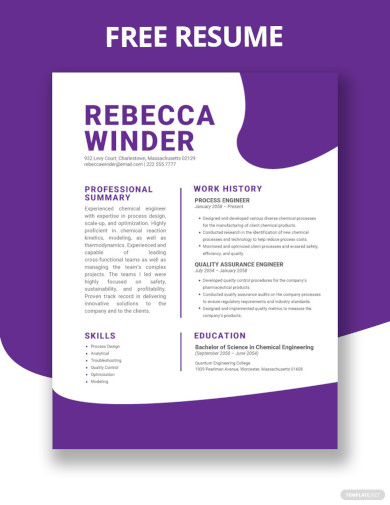
2. Student Bio Template
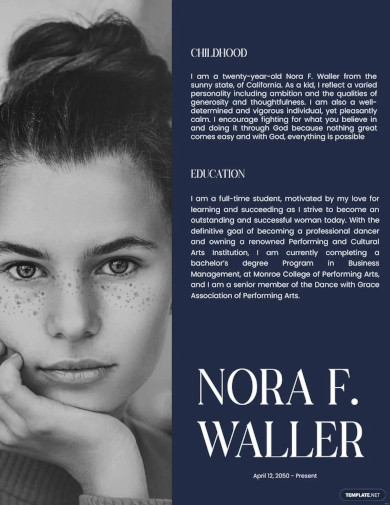
3. Biography Template
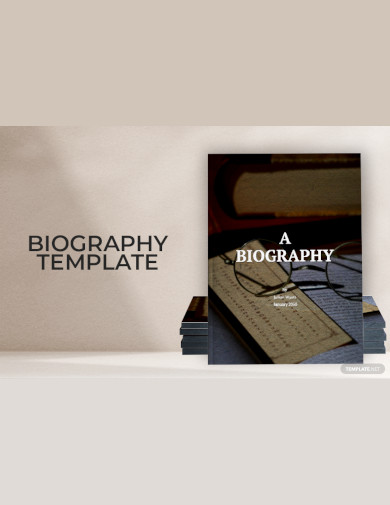
4. Creative Bio Template

5. Short Artist Bio
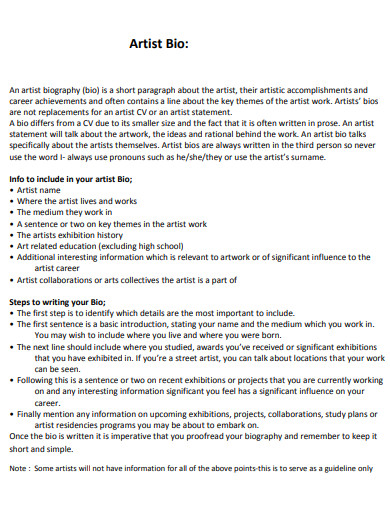
gibsonartgallery.com
6. Music Bio
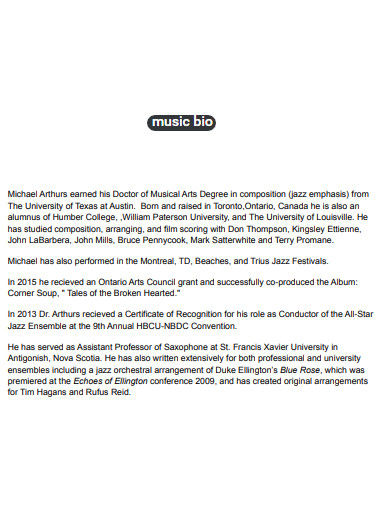
youthlink.ca
7. Student Bio
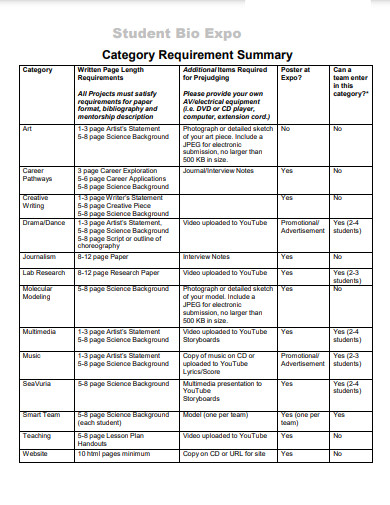
nwabr.org
8. New Artist Bio
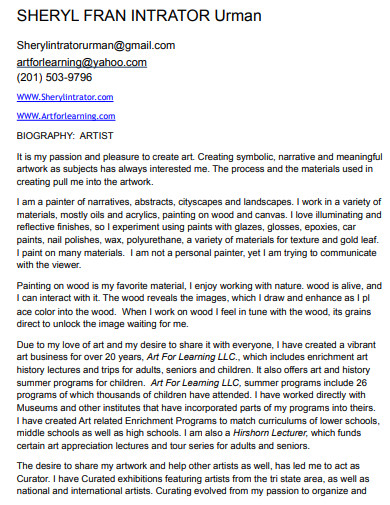
dvqlxo2m2q99q.cloudfront.net
9. Singer Artist Bio
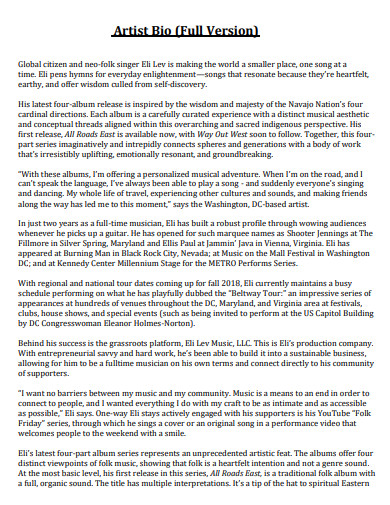
eli-lev.com
10. General Artist Bio
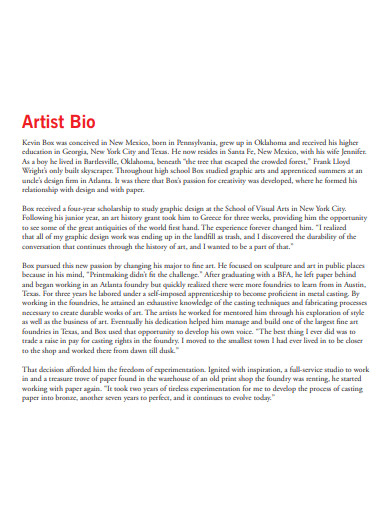
atlantabg.org
What to include in Artist Bio
An artist bio is an essential component of an artist’s portfolio, gallery, or exhibition. It provides a brief overview of the artist’s career, background, and achievements. Here are key elements to include in an artist bio:
1. Name and Medium
- Start with your name and the primary medium or mediums you work in.
- Example: “Sarah Reynolds is an abstract painter based in Brooklyn, New York.”
2. Location
- Mention where you are based.
- Example: “based in Brooklyn, New York.”
3. Educational Background
- Include any relevant education or training in the arts.
- Example: “Sarah holds a Master of Fine Arts from the Pratt Institute.”
4. Artistic Style and Themes
- Describe your artistic style and the main themes you explore in your work.
- Example: “Her vibrant and dynamic works explore themes of emotion and memory.”
5. Career Highlights
- Mention key exhibitions, galleries, awards, or notable achievements.
- Example: “Sarah has exhibited her work in galleries across the United States and Europe.”
6. Inspirations and Influences
- Discuss what inspires or influences your work, such as specific artists, movements, or personal experiences.
- Example: “Inspired by the play of light and color in nature, Anna’s works capture the fleeting beauty of everyday moments.”
7. Professional Affiliations
- List any memberships in art organizations, collectives, or significant collaborations.
- Example: “She is a member of the National Association of Women Artists.”
8. Publication and Media Mentions
- Highlight any features in publications, media appearances, or critical reviews.
- Example: “Her work has been featured in ArtForum and The New York Times.”
9. Personal Statement
- Include a brief personal statement or philosophy about your art.
- Example: “Her paintings invite viewers to embark on a journey of introspection and discovery.”
10. Contact Information and Online Presence
- Provide your website, social media handles, or any other way people can follow your work.
- Example: “Visit her portfolio at www.sarahreynoldsart.com and follow her on Instagram @sarahreynoldsart.”
Mistakes To Avoid In Your Artist Bio
Writing an effective artist bio is crucial for making a strong impression. Here are common mistakes to avoid:
1. Being Too Vague or General
- Mistake: Using broad or nonspecific language.
- Avoidance Tip: Be specific about your style, medium, themes, and influences. Instead of saying, “I create art that explores emotions,” specify, “I create vibrant abstract paintings that explore the complexity of human emotions through bold colors and dynamic compositions.”
2. Overloading with Jargon
- Mistake: Using too much technical or art-specific jargon that may confuse readers.
- Avoidance Tip: Write in clear, accessible language that can be understood by a wide audience, including those who may not be familiar with art terminology.
3. Being Too Long or Too Short
- Mistake: Writing an overly lengthy bio or a very brief one.
- Avoidance Tip: Aim for a balanced bio that provides enough detail without overwhelming the reader. Generally, 150-300 words is a good length.
4. Focusing Too Much on Personal Life
- Mistake: Including excessive personal information unrelated to your art.
- Avoidance Tip: Keep the focus on your artistic career, achievements, and philosophy. Personal anecdotes should be relevant to your art practice.
5. Lacking Professionalism
- Mistake: Using a casual tone or including inappropriate content.
- Avoidance Tip: Maintain a professional tone and focus on your artistic journey, education, exhibitions, and achievements.
6. Ignoring Achievements
- Mistake: Not mentioning significant accomplishments, awards, or exhibitions.
- Avoidance Tip: Highlight your key achievements and any recognition you’ve received in the art world.
7. Poor Structure and Flow
- Mistake: Writing a bio that is disorganized or difficult to follow.
- Avoidance Tip: Organize your bio logically, starting with your name and medium, followed by your background, style, achievements, and ending with a personal statement and contact information.
8. Not Updating Regularly
- Mistake: Letting your bio become outdated.
- Avoidance Tip: Regularly update your bio to reflect your most recent work, exhibitions, and achievements.
9. Lack of Personality
- Mistake: Writing a bio that is too dry or impersonal.
- Avoidance Tip: Inject some of your personality and passion into your bio to make it more engaging.
10. Ignoring the Audience
- Mistake: Not considering who will be reading your bio.
- Avoidance Tip: Tailor your bio to your intended audience, whether it’s potential buyers, gallery owners, or general art enthusiasts.
Artist Bio vs. Artist Statement
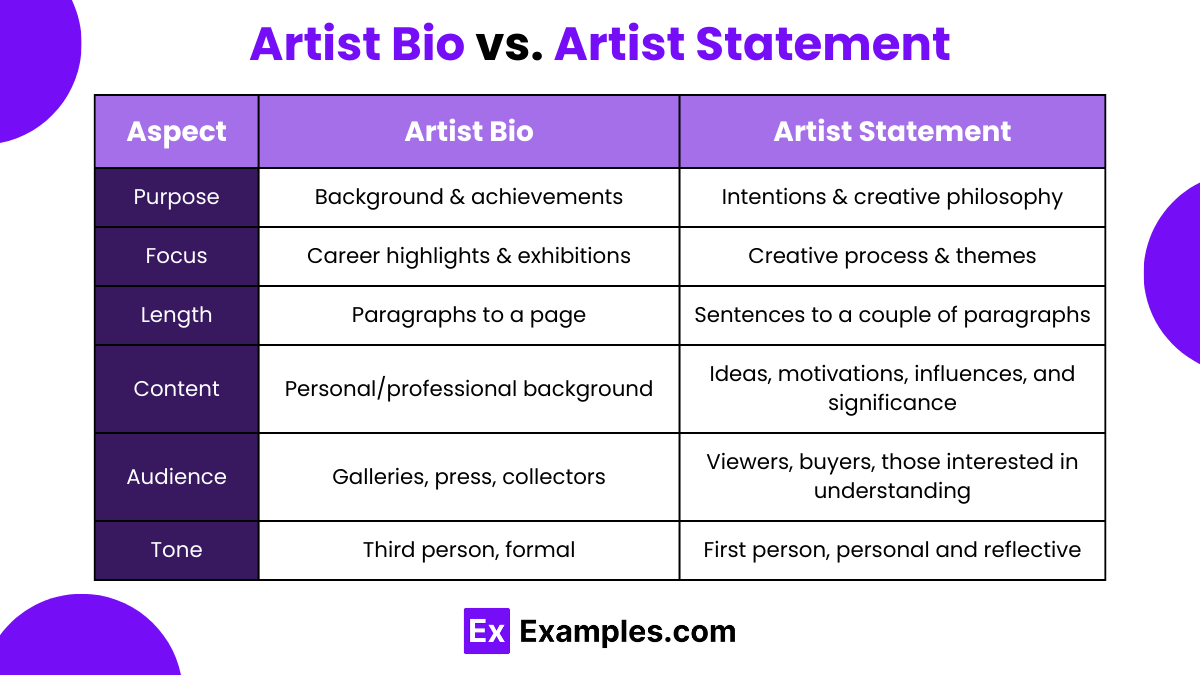
| Aspect | Artist Bio | Artist Statement |
|---|---|---|
| Purpose | Summary of background, career, achievements. | Explains creative process, motivations, themes. |
| Content Focus | Personal/professional history, education, exhibitions. | Conceptual aspects, inspiration, techniques, philosophy. |
| Audience | Galleries, collectors, curators, general public. | Viewers, curators, critics, deeper understanding seekers. |
| Tone | Professional, formal, personal elements. | Reflective, introspective, personal, philosophical. |
| Length | 150-300 words. | 300-500 words. |
| Key Elements | Name, medium, location, education, highlights, influences. | Themes, concepts, techniques, motivations, context. |
| Style | Factual, biographical. | Expressive, narrative. |
| Examples | “Sarah Reynolds is an abstract painter from Brooklyn…” | “In my work, I explore memory and emotion through abstract expressionism…” |
How to Write an Artist Bio
Writing an artist bio involves summarizing your career, achievements, and artistic practice in a compelling and professional manner. Here’s a step-by-step guide:
1. Start with Your Name and Medium
- Begin by introducing yourself and specifying your primary medium or mediums.
- Example: “Sarah Reynolds is an abstract painter based in Brooklyn, New York.”
2. Include Your Location
- Mention where you are based.
- Example: “based in Brooklyn, New York.”
3. Outline Your Educational Background
- Include any relevant education or training in the arts.
- Example: “Sarah holds a Master of Fine Arts from the Pratt Institute.”
4. Describe Your Artistic Style and Themes
- Provide a brief description of your artistic style and the main themes you explore.
- Example: “Her vibrant and dynamic works explore themes of emotion and memory, using bold colors and intricate textures.”
5. Highlight Career Achievements
- Mention key exhibitions, galleries, awards, or notable achievements.
- Example: “Sarah has exhibited her work in galleries across the United States and Europe.”
6. Discuss Inspirations and Influences
- Share what inspires or influences your work, such as specific artists, movements, or personal experiences.
- Example: “She draws inspiration from the bustling city life, creating works that evoke a sense of movement and vitality.”
7. Include Professional Affiliations
- List any memberships in art organizations, collectives, or significant collaborations.
- Example: “She is a member of the National Association of Women Artists.”
8. Mention Publications and Media Features
- Highlight any features in publications, media appearances, or critical reviews.
- Example: “Her work has been featured in ArtForum and The New York Times.”
9. Add a Personal Statement
- Include a brief personal statement or philosophy about your art.
- Example: “Her paintings invite viewers to embark on a journey of introspection and discovery.”
10. Provide Contact Information and Online Presence
- Offer ways people can follow your work, such as a website or social media handles.
- Example: “Visit her portfolio at www.sarahreynoldsart.com and follow her on Instagram @sarahreynoldsart.”
How long should an artist bio be?
An artist bio should typically be between 150-300 words, providing a concise yet comprehensive overview of your career and artistic practice.
What should I include in my artist bio?
Include your name, medium, location, education, artistic style, key achievements, inspirations, and contact information or online presence.
How often should I update my artist bio?
Update your artist bio regularly, ideally after significant career milestones such as new exhibitions, awards, or changes in your artistic focus.
Should I write my artist bio in the first or third person?
Write your artist bio in the third person to maintain a professional and formal tone, making it easier for others to use.
How do I make my artist bio engaging?
Focus on unique aspects of your career, use vivid language to describe your art, and highlight personal influences and achievements to capture interest.
Can I include quotes from others in my bio?
Yes, including brief quotes from critics, curators, or media can add credibility and provide external validation of your work.
What tone should I use in my artist bio?
Use a professional yet approachable tone, balancing factual information with engaging storytelling to make your bio both informative and interesting.
How do I balance personal and professional details
Keep the focus on your artistic career while weaving in relevant personal anecdotes that enhance understanding of your work and artistic journey.
What if I don’t have many achievements yet?
Focus on your education, artistic style, inspirations, and any local exhibitions or projects. Emphasize your dedication and future aspirations.
Can I include my artist statement in my bio?
While related, keep them separate. The bio covers your career and background; the statement delves into your artistic philosophy and methods.



